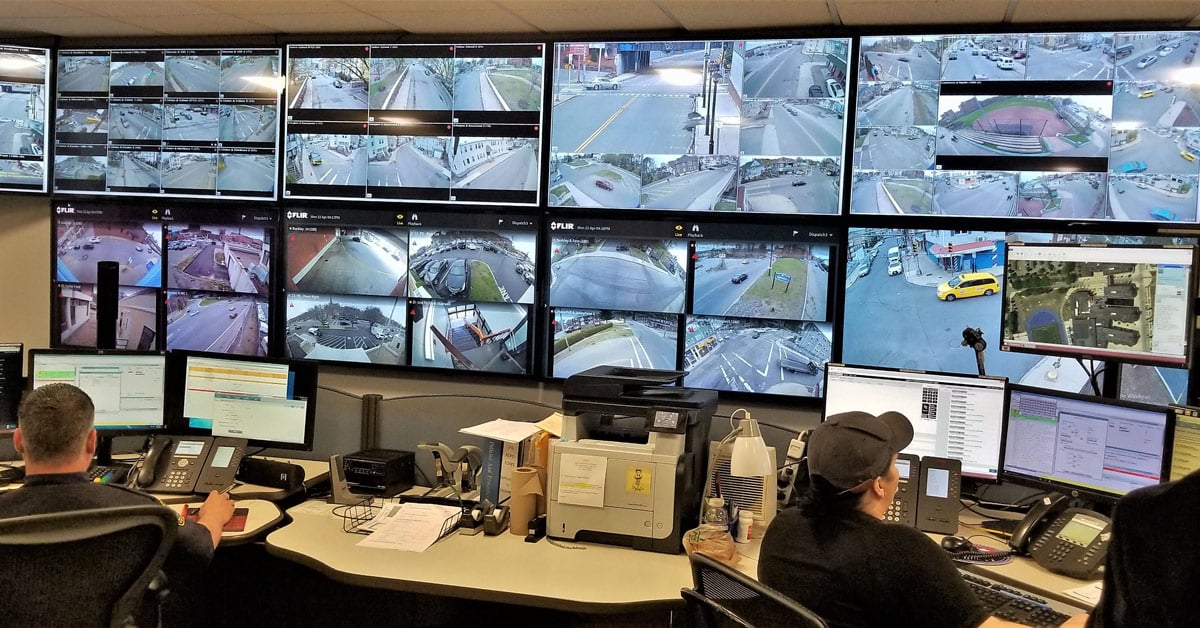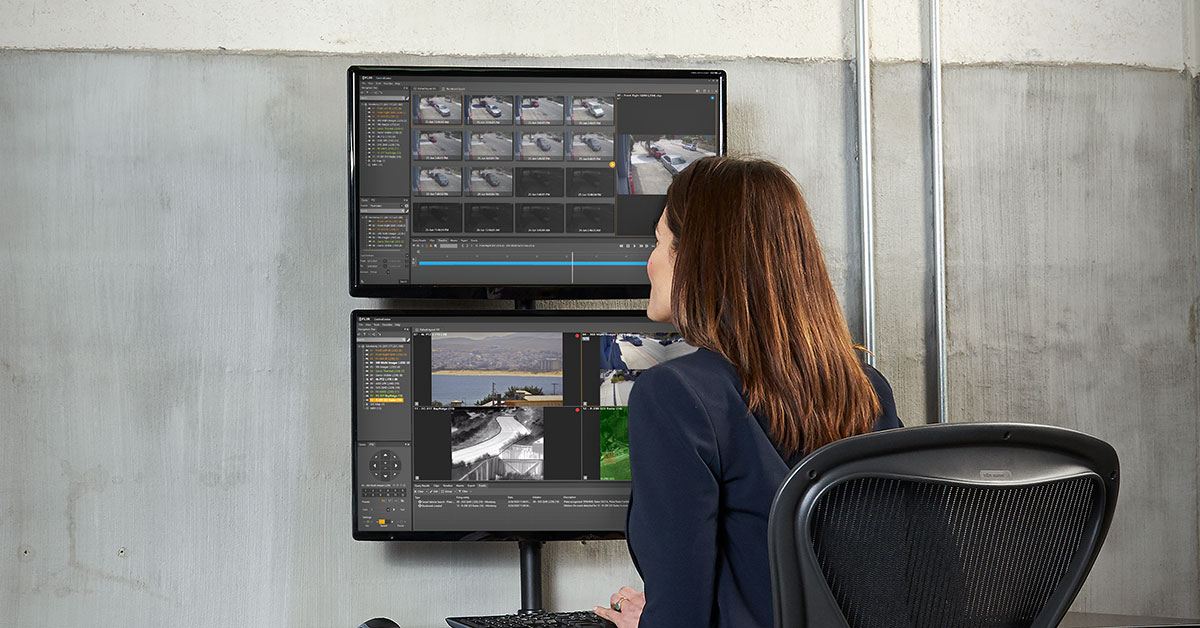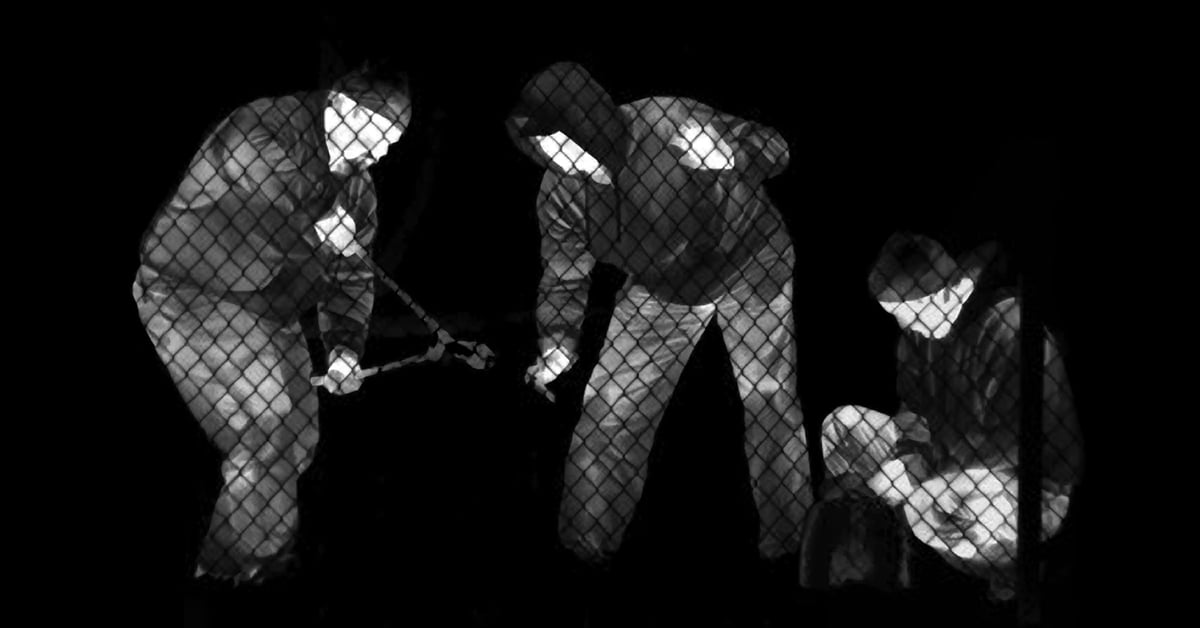Port of Calais Installs Thermal Imaging Cameras for Security and Surveillance
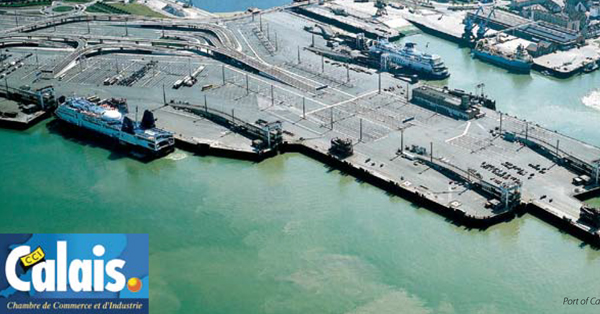
Detecting intrusions and complying with the International Ship and Port Facility Security regulations and 'Le Touquet Treaty'
Situated on the most frequented shipping lanes in the world, Calais is the port, par excellence, for cross Channel links between the United Kingdom and the European mainland. The Port of Calais has all available modern facilities designed basically for the reception of large ferries and the loading and unloading of bulk cargo and diversified merchandise. It is linked to the European motorway network and a high speed train assures direct access to Paris and Brussels within 90 minutes.
Freight carryings through the Port of Calais continued to grow throughout 2006 to increase by 11.8 percent on the previous year to a record 1,847,197 trucks. At the same time Calais passed the landmark figure of 40 million tons for freight traffic carried on the Calais-Dover route. Including general cargo this reached 41.5 million tons, an overall increase of 8.4 per cent on 2005.
But Calais is not only an important harbor with regard to freight. In 2006, more than 11 million passengers passed through its facilities.
Preventing illegal Channel crossings and attacks
Making sure that the port is a secure area and that not only the passengers but also the vessels and their cargo are safe, is one of the task of the "The Calais Chamber of Commerce and Industry" which is the concessionary of the Port of Calais.
Being the major port between mainland Europe and the UK, a lot of people try to use the Port of Calais to enter the UK illegally. "We are trying to prevent that these people access one of the ferries that daily go to the UK. Not only because it is illegal to do so, but also because when they are trying to do this, they often bring themselves into great danger and can be killed in an accident. A harbor where giant ferries are going in and out on a continuous basis is a dangerous place to be swimming or floating around in a small rubber boat, particularly at night", explains Mr. Couret. But what during the night time and in light fog, rain or snow when CCTV cameras can not provide a clear image?
"We started thinking of this about 6 years ago," explains Mr. Couret. "When we wrote the specifications for our security network, we clearly specified that, apart from CCTV cameras and other security measures like fences, we needed to have a system that could give us a clear image of the situation in the darkest of nights, in all weather conditions. Today, we are extremely happy with the two thermal imaging cameras.", says Mr. Couret. "Not only do they give us a clear image at night, also during daylight, in light fog and rain where CCTV cameras are less efficient, they give us a comprehensive image of our port facilities. people that are trying to gain an illegal access to the vessels in port also know that we have the thermal imaging cameras installed and are taking them into account. So just by being there, the cameras are already making the port a safer place."
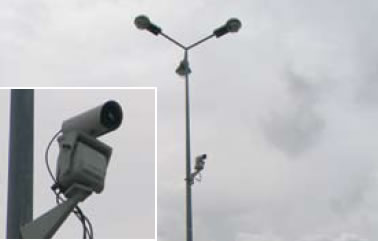
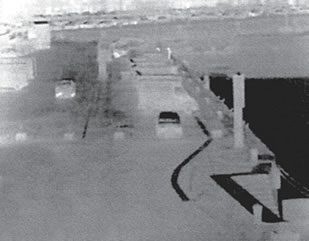
Thermal image taken by one of the FLIR Systems SR-50 thermal imaging cameras. Cars and people can clearly be detected, in total darkness, from a distance of more than 400 meters.
